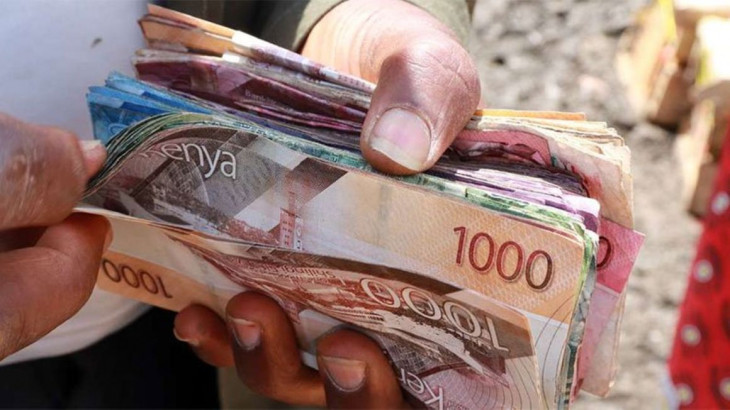Artificial exchange rate regime painful to Kenyans

The Kenyan shilling’s consistent descent against the dollar piques curiosity about the decision to discard the artificial exchange rate that had long shielded the shilling from volatility.
Doubts linger regarding the wisdom of the decision to abandon the so-called artificial exchange rate that had provided a protective buffer for the shilling over the years.
While economic purists may label it differently, the alterations, and arguably the timing, seem ill-advised with ramifications of this decision raising fundamental concerns.
The journey from a stabilised currency and current weakened state of the shilling raises concerns about the trade-offs involved in embracing economic principles, and the rush entailed in making the changes.
However, the changes that were purported to align with economic fundamentals are part of the reason why the shilling is facing the steepest hike in history. The country maintained this artificial rate by utilising foreign exchange reserves, with the government spending $2.6 billion to bolster the shilling and prevent it from reaching its true market value.
As it currently stands, the decision to abandon the artificial exchange rate has thrust Kenya into a complex economic web. Since trade relies on the exchange of currencies, the impact of the decision goes beyond mere economic theory, influencing trade dynamics for all Kenyans.
Much as aligning with economic principles has its merits, the transition and the resultant challenges raise pertinent questions about the urgency, timing of the transition, and whether the present situation truly benefits the Kenyan people.
It all began to slap hard when the government started to trade accusations of dollar hoarding and subsequent threats to individuals and traders before the State swiftly executed a Government-to-Government (G-G) deal with select oil-producing nations.
This move was intended to ease pressure on dollar demand and stabilise the exchange rate. Much as the G-G deal, alongside other measures, has been instrumental in preventing the shilling from reaching the Sh200 mark, however, it currently rests at a historic high of Sh160 and some experts say we have not seen the end of this spiral yet.
Fine, let us assume that the shift to a market-determined rate, spurred by US interest rate hikes, has exposed the true value of the shilling. But isn’t the resulting depreciation more painful, even if it offers potential theoretical benefits?
From a regulatory standpoint, a weakened shilling is meant to foster competitiveness locally, boost local investment, increase consumption, generate employment, and support overall economic growth.
However, the flip side is that a now weakened shilling has translated into a higher cost of living for Kenyans.
Being a net importer of goods, Kenya is grappling with the high cost of basic products in the short term, due to increased import costs. Making matters worse, Kenya’s significant debts mostly in dollars are becoming a major challenge, especially as the Federal Reserve raises interest rates.
This means Kenya is expending more shillings to acquire an appreciating dollar for loan repayments, escalating the risk of default.
This situation has seen cash flow moving away from Kenya, towards more stable developed ones. Going by a recent survey by consulting firm KPMG, which shed light on investor preferences in Africa, Kenya was placed fourth, behind Tanzania in what is a signal that the appetite for investing in Kenya has been affected somehow. The researched data noted that heightened volatility has made investors increasingly hesitant to commit long-term capital to Kenya, potentially undermining Kenya’s economic outlook on the global stage.
Freeing the shilling was seen as a good economic move, however, the cost to Kenyans’ livelihoods and associated financial instability cannot be gainsaid, and this calls for greater thinking to make such moves in future.
— The writer is the Business Editor, People Daily











